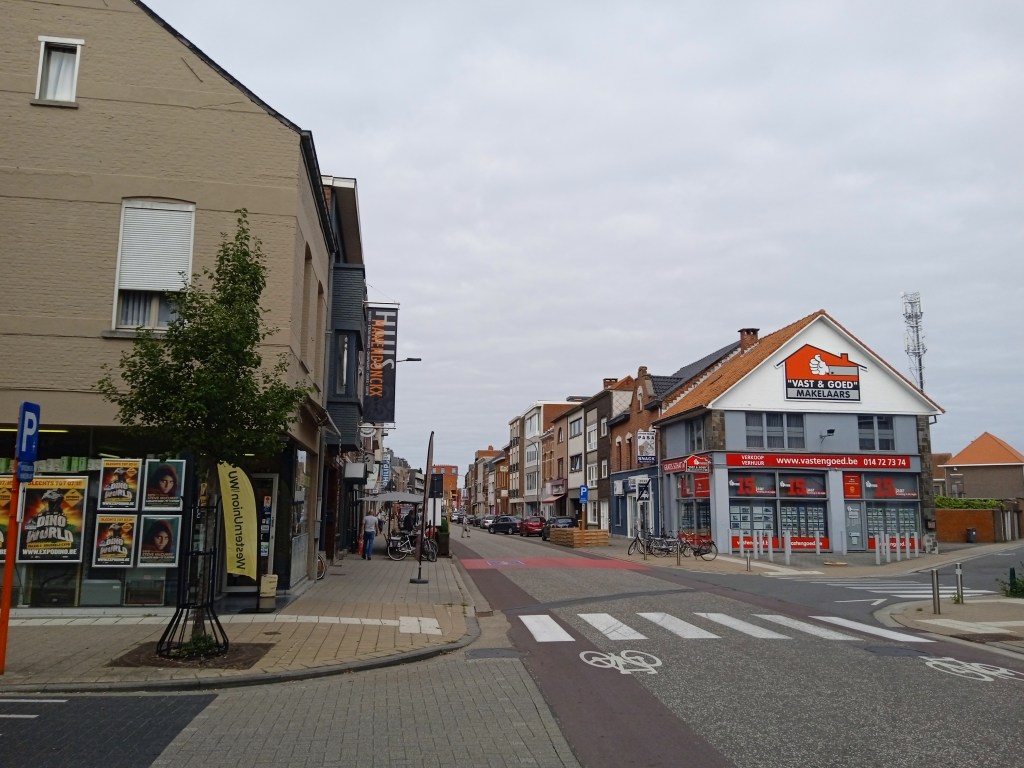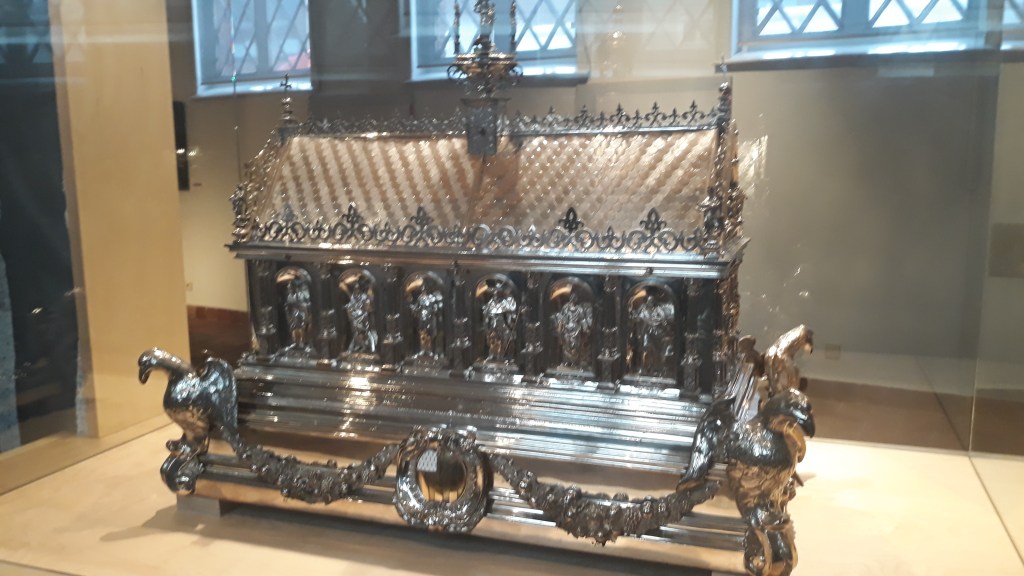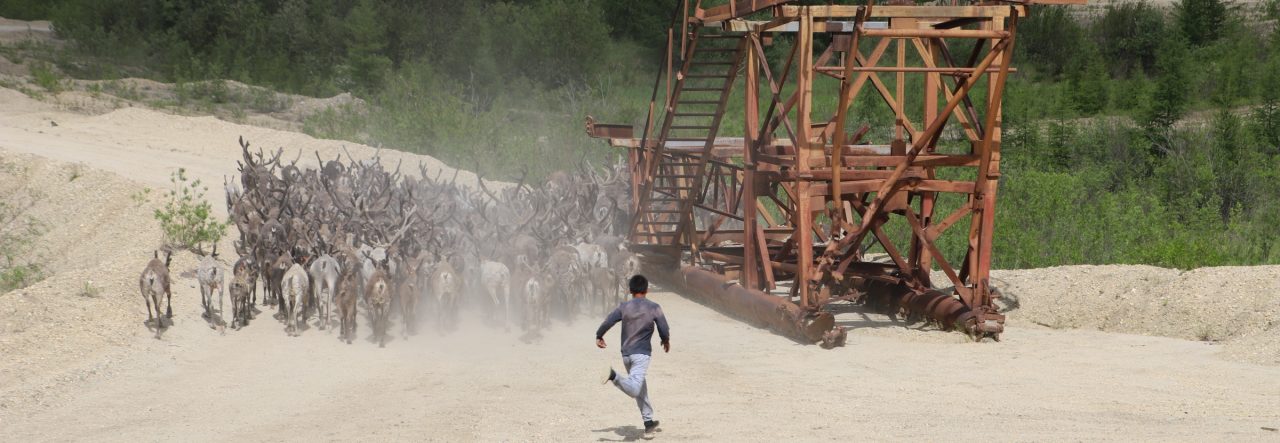Distinctive doctrines of the Church, and their place in contemporary society, are at times, argued to bring about changes in the Arctic – the people, their land, and traditions. Could such be the case elsewhere in Western Europe? I recently travelled to Belgium, on a work trip for an EU project. There is a lot of curiosity about the destination’s culture, its people, and what makes the ‘ness’ in this destination – a suffix to indicate the meaningfulness of something. I begin by listening to local narratives about Geel (Fig. 1).

Classical anthropologists, from Margaret Mead, Bronislaw Malinowski, to Gregory Bateson, to name a few, have at times use narratives in their ethnography about people to provide knowledge about the socio-cultural context of places. Going by this thinking, in a taxi to my hotel, from Brussels to the city Geel (about an hour’s drive from the Brussels National Zaventem airport), I immediately get into a talk with the driver on what is so special about Geel. He tells me: “the people are known for their hospitality, using their homes voluntarily, to look after the mentally ill. And so, you can say, they are good people and welcoming.”
I am intrigued by the sense of ‘generosity’ in this quotation. Also puzzled as to how mental illness came about on the land. A few meters from my hotel, I walk by the St. Dymphna Catholic Church following a day of project meetings and meet with Pascal, an elderly in his 70s walking his dog. He appears to be a retired French soldier whose relatives were Nuns who worked in Churches with sanatoriums, and made mention of how the locals used their homes (nowadays guest houses) to accommodate persons who are mentally ill – a disease some of the locals observed as a side effect of epilepsy.
According to Pascal, the Nuns believed mentally-related diseases were brought by rats in merchant ships that sailed through the North Sea from the far east and some from Russia. Not sure, what breed of rats they were or are, especially when I think of the cold winter temperatures in the North even though a few breeds have been known to adapt well in harsh weather conditions. Maybe, a reason why rats preferred living in the warm sailing ships? Or, because of the foods traded in these ships? This account makes me think whether the locals back in the days and even those working in the Church were certified medical doctors.
To Pascal, the Nuns working for the Church had persons who practiced various forms of traditional medicine, for example “these persons often go to the forest in search of the mole’s burrow, waiting silently for several hours and at times days. When the mole comes out, it is killed with a knock to its head using some tool made of metal. The mole is then baked for three days and its ashes used for treating epilepsy when combined with an antidote as a drink.” Not to ignore similar forms of treatment one might find in contemporary systems of traditional medicine. However, might be freaky, hearing this example, when compared to today’s practice of medicine where a certified and trained medical doctor follows already well recognized scientific procedures of consultation, testing and diagnoses, prescription and treatment with drugs that have had clinical trials and legal or institutional approval.
Further, the legend of ‘Dymphna’ lies at the heart of this place, its people, and their hospitality – what I call ‘Geelness’. Geel is known historically for the death of a Christian Saint, Dymphna, who lived in the 7th century after moving away from Ireland in fled of her father’s (petty king of Oriel, Ireland) intentions to marry her. In Geel, Dymphna built several homes to look after the mentally ill. Aware of Dymphna’s location, she was later murdered by her dad who was accused of attempting to commit incest. Today, Dymphna is honored in the Catholic and Orthodox traditions, and the name is used in several ways: naming various centers and buildings around the city, parents naming their daughters after Dymphna, while some of the locals continue the tradition of helping the mentally ill. And even some of the local Belgian beers are named after Dymphna. Dymphna’s bones are well preserved here in one of the Museums (Fig. 2) and I am told her bones are paraded every 6 years around the city in commemoration.

I have come to conclude that it is rather intriguing when I think of how Catholicism, and in particular, its place as an institution prior to and after the 13th century, is still very much kept alive in Geel and nearby places I visited as Brugge, Leuven, Lier, and Antwerp, which is what makes this ‘ness’ in Geel. This also suggests that, long traditions of the Church, along with its social practices that have long fitted in the every-day live of people, might not always be a “threat to the local culture” as we see in the Arctic – but here, seems to be a part of this “local culture” in itself.
